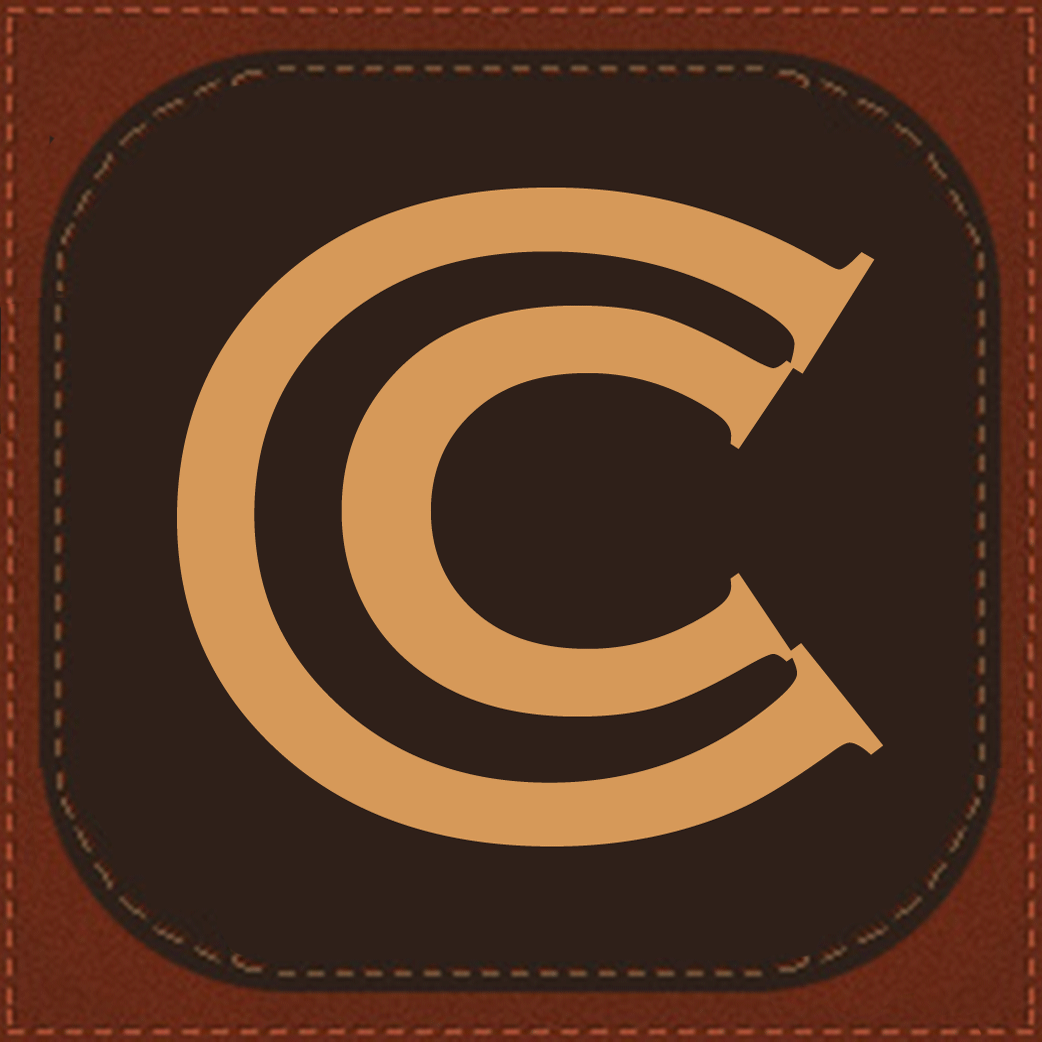 I use the command line a lot, even though I am on a graphical user-interface (GUI) on Windows, macOS, or Linux. And since I’m lazy, I write a lot of scripts to perform repetitive tasks. I stumbled across macOS commands that allow command line programs to copy/paste between the clipboard that we’re so used to using.
I use the command line a lot, even though I am on a graphical user-interface (GUI) on Windows, macOS, or Linux. And since I’m lazy, I write a lot of scripts to perform repetitive tasks. I stumbled across macOS commands that allow command line programs to copy/paste between the clipboard that we’re so used to using.
macOS pbpaste and pbcopy
macOS has two commands, pbpaste and pbcopy, which “paste” from the pasteboard to stdout and copies from stdin to the pasteboard, respectively. Read the rest of this entry »

 As I mentioned in my prior post
As I mentioned in my prior post  Objective-C is the programming language of choice for iOS an Mac OSX programming, so becoming proficient in native programming for those platforms is essential to building great applications. Apple emphasizes that programmers must understand the “retain-release” model of how to manage objects. True, but this is not enough. Unfortunately, Objective-C makes it exceedingly easy to inadvertently write code that breaks the retain-release model, leading bugs that cause programs to crash. You can adopt some practices to avoid such problems.
Objective-C is the programming language of choice for iOS an Mac OSX programming, so becoming proficient in native programming for those platforms is essential to building great applications. Apple emphasizes that programmers must understand the “retain-release” model of how to manage objects. True, but this is not enough. Unfortunately, Objective-C makes it exceedingly easy to inadvertently write code that breaks the retain-release model, leading bugs that cause programs to crash. You can adopt some practices to avoid such problems.